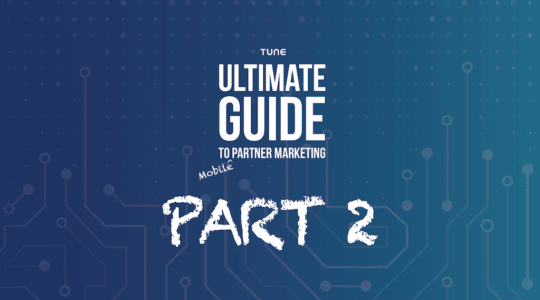Pinterest has affiliate marketers going photo crazy trying to figure out how to maximize conversions from the fastest growing social network, but it’s not the only way to utilize photos for performance marketing campaigns. At ad:tech San Francisco, Stipple was awarded Most Innovative Startup in the Data and Targeting Category.
After seeing a demonstration, it’s easy to see why Stipple won the award. By adding a few lines of JavaScript to your page you can add Stipple tags to any image on your site. The tags, shaped like the round dimples they are named for, let you provide additional details about items in the image, including adding shopping links for a product purchase.
You can see Stipple in action in this demonstration by Justin Baum, Stipple’s VP of Product:
Stipple Advertising Campaigns
Adding context to your own images isn’t the only way to benefit from using Stipple. You can also run marketing campaigns by submitting images to Stipple for other users to embed. When the images are added to a Stipple enabled Tumblr or blog, all your tags go with it. You pay when blog visitors engage with the photo and you get paid when they make a purchase.
Stipple is banking on a much higher level of engagement by providing context in the photos. You are obviously incentivized to get creative with your photos so that more people want to embed them. Creativity also increases the likelihood that photos will be shared organically on StumbleUpon or even Pinterest.
Stipple Affiliate Links
Stipple currently supports two types of links in their tags. You can include any link in the Link tag type, including an affiliate link, YouTube video or even an link to another photo. There are also Product links which are coded with a shop tag. The product links include the product name, brand, price, a thumbnail, and URL to buy the product. I have a feeling Stipple with be placing greater controls over what gets included in those Shop links, to make sure they get a slice of the revenue, but in the meantime, both Shop and Link tagging options appear to allow affiliate links.
Stipple Metrics
Stipple even provides metrics for user engagement with your photos. At the moment, Stipple tracks image loads, image mouseovers, individual dot/tag mouseovers, and clicks (including individual shop/item clicks). If you are using a tracking URL in the links, you’d also get conversion metrics on your affiliate tracking platform.
Stipple Tags and Pinterest
Since Pinterest is on everyone’s mind, at least in relation to images, I asked about whether Pinterest and Stipple complement each other. At the moment, there’s no integration.
While the Stipple tags don’t transfer through to Pinterest, if someone pins one of your Stipple-enabled photos, when users click through to your site, they will get the Stipple experience along with the image.
Author
Becky is the Senior Content Marketing Manager at TUNE. Before TUNE, she handled content strategy and marketing communications at several tech startups in the Bay Area. Becky received her bachelor's degree in English from Wake Forest University. After a decade in San Francisco and Seattle, she has returned home to Charleston, SC, where you can find her strolling through Hampton Park with her pup and enjoying the simple things in life.




This is very smart. It never came across my mind to have affiliate links on Pinterest. Thanks for share I have a new project
Be sure to test out Stipple on your content sites too – I’m testing it to see what it does for engagement (and conversions).
Jake, let us know if you have any questions during your testing. Definitely check out our tag syndication technology!
Thanks for the opportunity to speak to your viewers! If anyone has any questions, please send ’em to [email protected]. rock on!
Doesn’t pinterest insert their own aff code in affiliate links? I thought I read that somewhere…